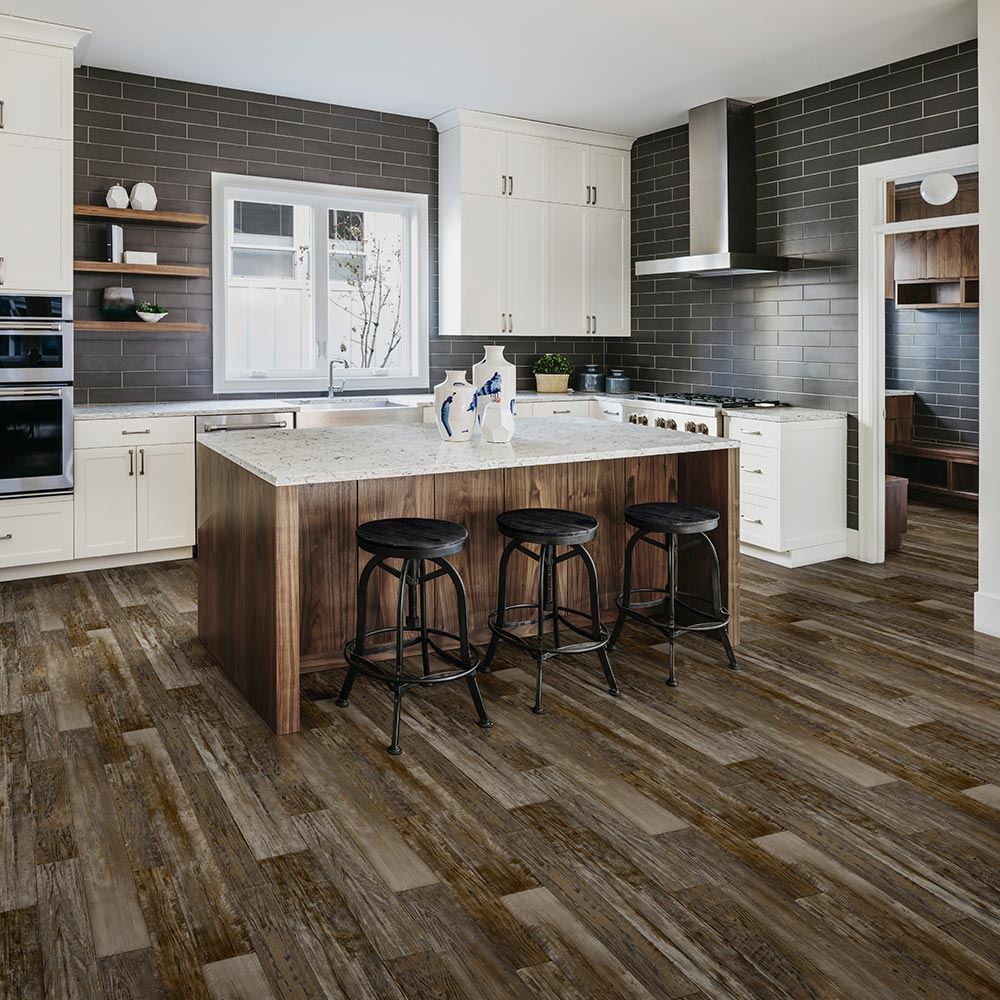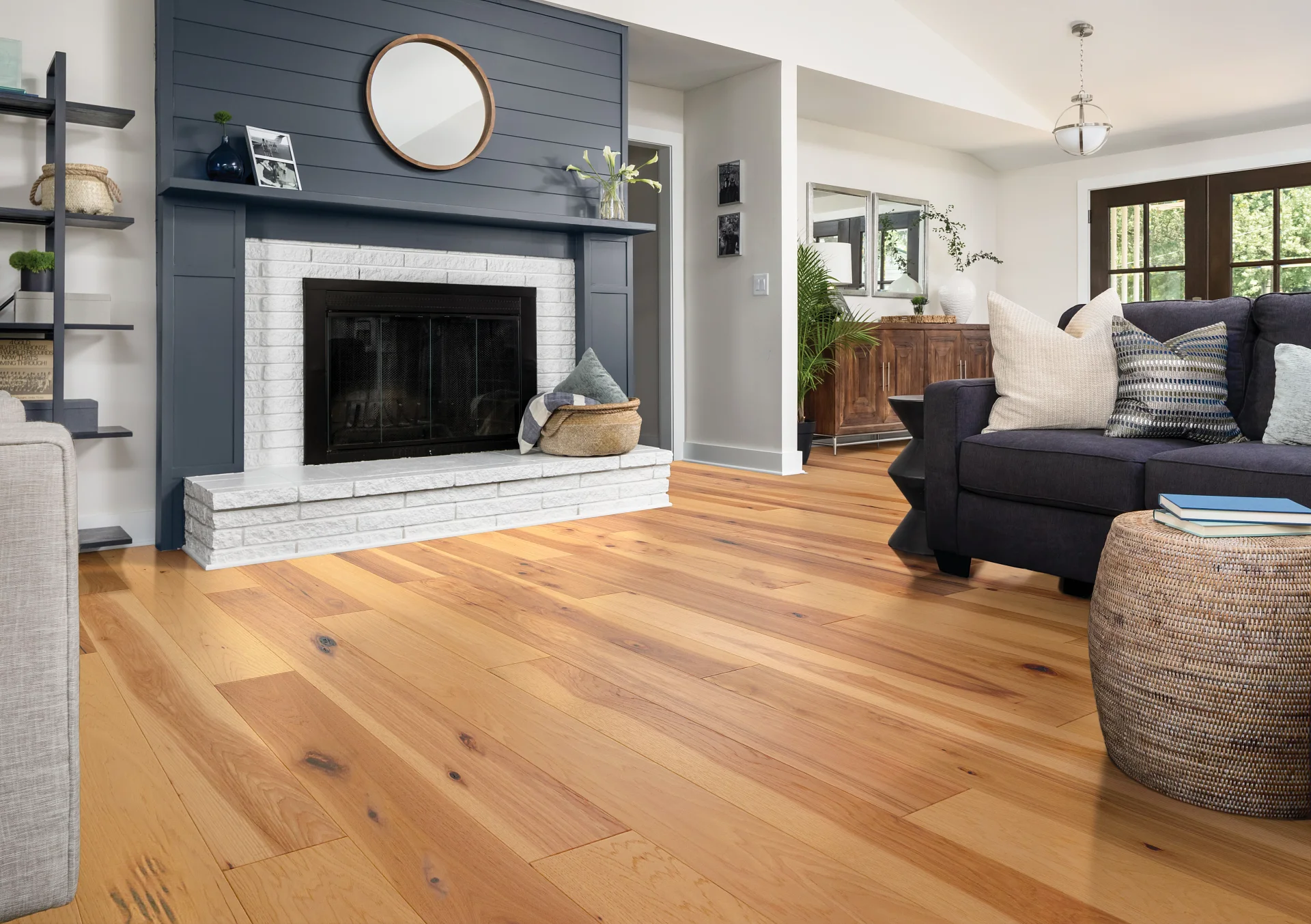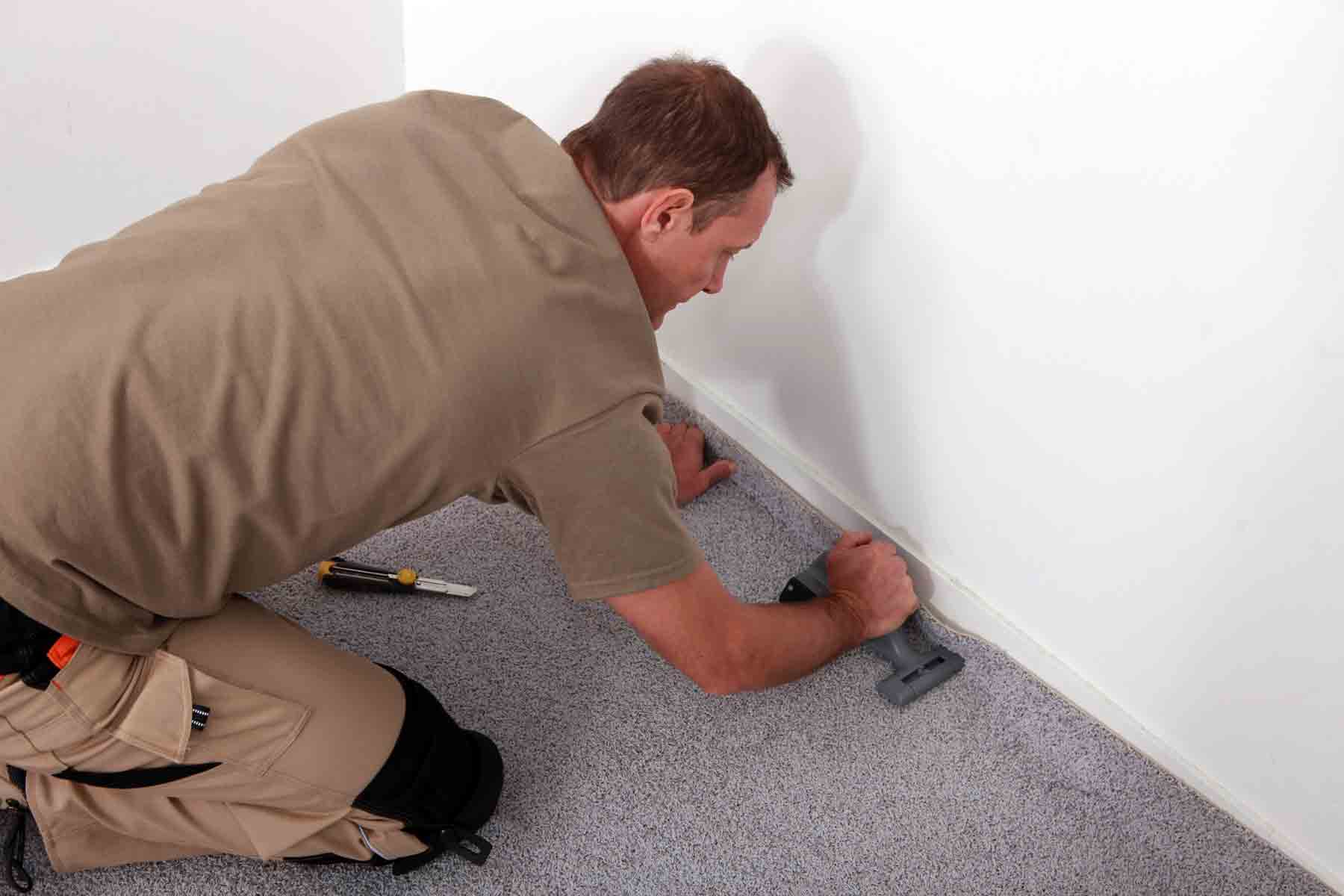
Everything You’ll Need
| Tool / Material | Solid Hardwood (Nail-Down) | Engineered Hardwood (Glue-Down) | Engineered Hardwood (Floating/Click-Lock) | Purpose | |||||||||||||||||
|---|---|---|---|---|---|---|---|---|---|---|---|---|---|---|---|---|---|---|---|---|---|
| Tape Measure | ✔ | ✔ | ✔ | Measure layout and planks | |||||||||||||||||
| Chalk Line | ✔ | ✔ | ✔ | Mark layout lines | |||||||||||||||||
| Pry Bar | ✔ | ✔ | ✔ | Remove old flooring/baseboards | |||||||||||||||||
| Moisture Meter | ✔ | ✔ | ✔ | Check subfloor moisture | |||||||||||||||||
| Level | ✔ | ✔ | ✔ | Ensure even subfloor | |||||||||||||||||
| Spacers | Optional | ✔ | ✔ | Maintain expansion gap at walls | |||||||||||||||||
| Flooring Nailer / Stapler | ✔ | ✘ | ✘ | Secure solid planks to subfloor | |||||||||||||||||
| Flooring Adhesive | ✘ | ✔ | ✘ | Glue engineered wood to subfloor | |||||||||||||||||
| Trowel (for adhesive) | ✘ | ✔ | ✘ | Spread adhesive evenly | |||||||||||||||||
| Click-Lock Installation Kit | ✘ | ✘ | ✔ | Includes tapping block, pull bar, spacers | |||||||||||||||||
| Miter Saw | ✔ | ✔ | ✔ | Make crosscuts on planks | |||||||||||||||||
| Jigsaw / Oscillating Tool | ✔ | ✔ | ✔ | Trim around obstacles | |||||||||||||||||
| Safety Glasses | ✔ | ✔ | ✔ | Eye protection while cutting | |||||||||||||||||
| Knee Pads | <td
| Feature | DIY Installation | Professional Installation |
|---|---|---|
| Average Cost per Sq Ft | $3 – $8 (materials + tools) | $7 – $18 (includes labor) |
| Best For | Budget-conscious, handy homeowners | Busy homeowners, large or complex jobs |
| Time Commitment | Several days or weekends | 1–2 days (typical) |
| Risk of Mistakes | Moderate to high | Low |
| Tool Investment Required | ✔ | ❌ (provided by installer) |
| Satisfaction | High (if done well) | High (with professional finish) |
👉 For a full breakdown of costs, methods, and scenarios, visit our Hardwood Flooring Cost Guide
Do You Need Professional Help With Your Hardwood Flooring Installation Project?
Now that you know how to install hardwood flooring, you’re ready to create a warm, classic look that boosts your home’s value. If you’d rather not do the hard work, we’re here to assist.
Our skilled flooring installation team takes care of everything, whether it’s nail-down, glue-down, or floating hardwood. We ensure your floor is flat, secure, and durable without any effort from you.
Contact us today to schedule your free in-home consultation and check if we serve your area!
Request a consultation
Meet with one of our skilled project specialists to get started
5920 Snow Creek Dr, The Colony, TX 75056 | (469) 756-0242
Company
Products
Get In Touch
North Dallas Flooring
5920 Snow Creek Dr, The Colony, TX 75056
(469) 756-0242












